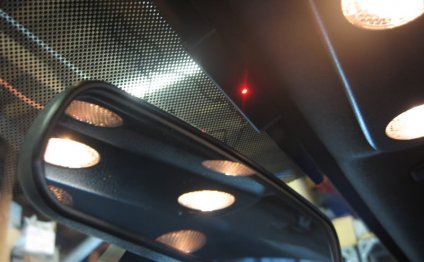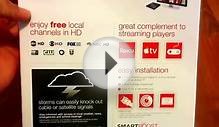
Amplified antenna
In electronic devices, an antenna amplifier (also: aerial eamplifier (booster), Am antennefier) is a tool that amplifies an antenna signal, often into a production with the exact same impedance as feedback impedance. Usually 75 Ohm for coaxial cable and 300 Ohm for double lead cable.
An antenna amplifier improves a radio signal considerably for products that obtain radio waves. Many devices have an RF amp stage inside their circuitry, that amplifies the antenna sign, these generally include, but are not limited to; Radios, Televisions, mobiles and Wi-Fi and Bluetooth devices. Amplifiers amplify every little thing, both desired sign present on antenna, in addition to sound. Typical sign noises feature: ambient history noise (electric brush noise from electric motors, high-voltage sources from, including a gasoline motor ignition, or large dispersed currents near the desired reception electric fence). To incorporate, consideration must certanly be taken when it comes to noise created by the amplifier it self and all sorts of various other electrical noise which may be generated by the product that is for a signal, for example plenty of consideration must get into cell phone circuitry design to eliminate as much noise from the own circuitry being not interrupt the specified transmission signals from the very own antenna(ae).
An internal antenna may include an amplifier circuit, whereby powered reception associated with sign can help with catching as much of an FM, UHF/VHF sign, for amplifying a Radio or tv sign. Its draw backs are that any sound is generally amplified aswell, and a typical derive from it is amplification of ghost images (for analog signals), and just about every other perturberances that could be existing locally and sometimes even additional terrestrially just like the Cosmic microwave oven history radiation for products that work for the reason that frequency range.
The answer to a "good" degree of feedback at your receiver with all the minimal quantity noise includes many design considerations in a power amplifier. In theory it is preferable if you amplify a "clean" signal to an increased level than a "noisy" sign to a higher degree, and several circuits consist of filters to get rid of all but the desired reception sign. Some consideration has got to be studied for cable loss while the signal frequencies desired as an example higher frequency (VHF or higher: 2.4 GHz WiFi/third generation cellular phone.) the more the loss that the cable has, therefore the much more susceptible the transmission cable will be sound degradation. You start with a signal from the antenna which can be after that directed through a coaxial cable, the actual quantity of loss is dependent upon numerous factors, cable type and cable size are the two vital. Cable is ranked in db reduction per period of cable at a specified frequency, including RG-6 cable is the cable most utilized for tv reception.
Channel 32 which can be 580 MHz, Channel 52 is 700 MHz a 5 db reduction At TV station 2, the cable would have a loss in 1.4db. Therefore at station 18 you'd drop above 1/2 the power in 100' of cable between your antenna additionally the TV.
RELATED VIDEO



Share this Post
Related posts
Omnidirectional TV antenna
The most effective Antenna with 360 Degree Multi-Directional Feature Omnidirectional. Can use both exterior and Indoor Perfect…
Read MoreAntenna pointing direction
Directional antennas, unlike omnidirectional antennas, must certanly be directed being receive the best sign from your own…
Read More










